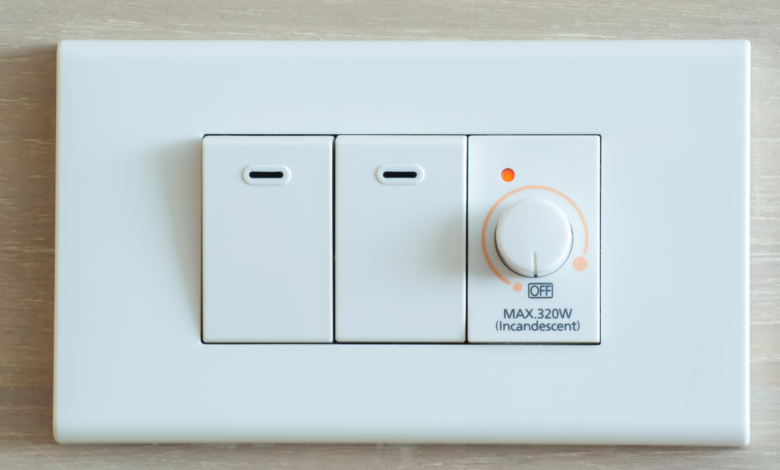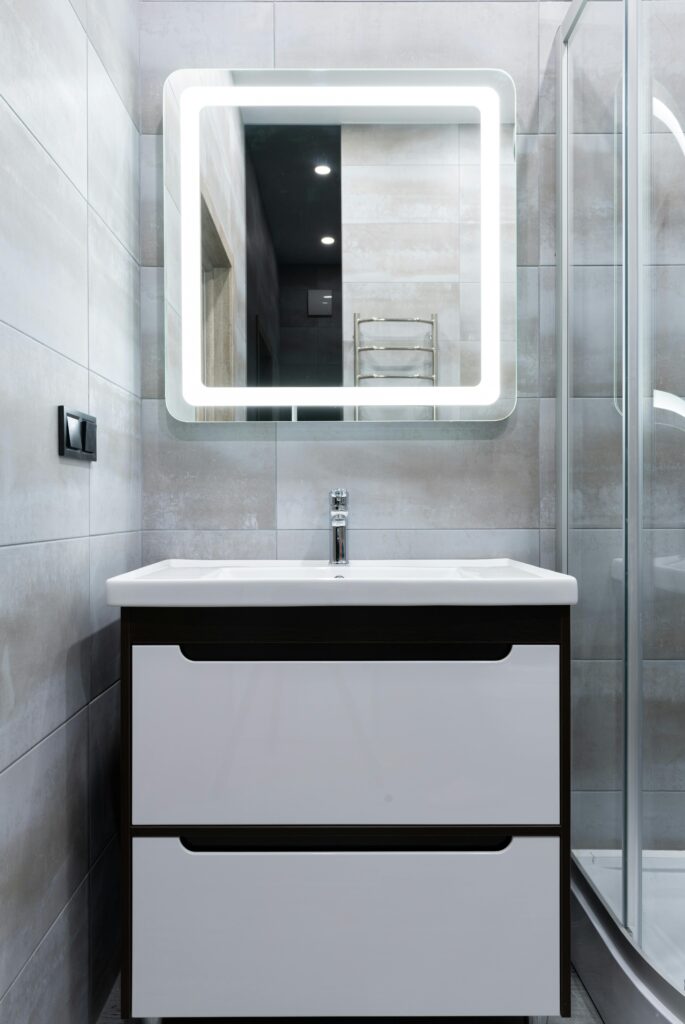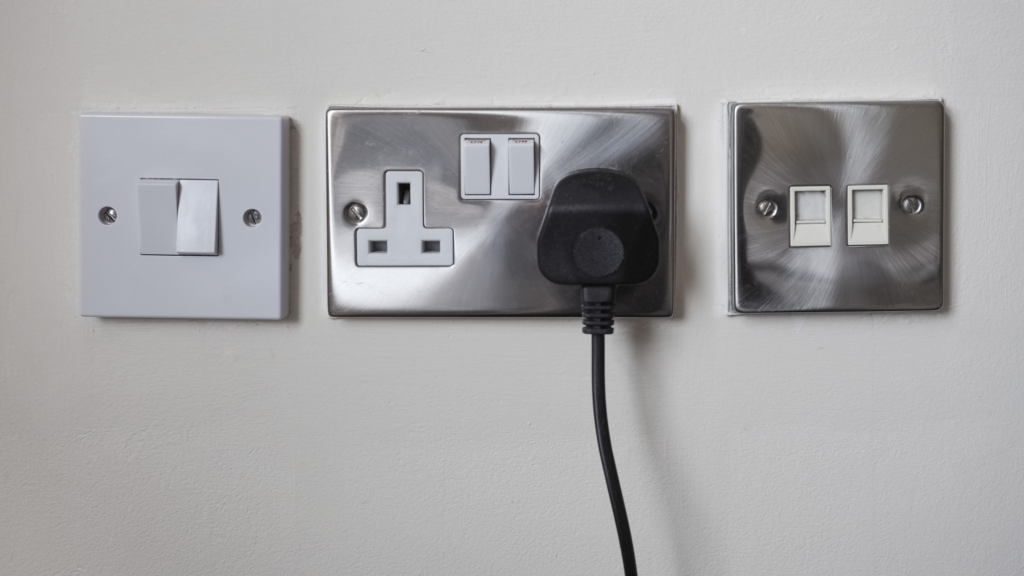
In the world of home design and improvement, light fixtures often steal the spotlight, while the unsung hero—the humble light switch—receives little attention. We enter a room, flick the switch, and light floods the space, a process so ingrained in our daily routines that we hardly give it a second thought. But should we? Light switches are pivotal components in our homes, providing not only illumination but also offering a critical safety and design element.
This comprehensive guide on light switches is for anyone with an interest in home electronics, from the casual DIYer to the seasoned electrician. Whether you’re looking to replace a switch, understand the variety of options available, or simply want to know more about the devices adorning your walls, this article is a beacon that sheds light on everything from purchase to installation, and beyond.
Types of Light Switches
Light switches come in various shapes and sizes, each designed to meet specific needs within a home. Here’s a roundup of the most common ones you might encounter.
Traditional Toggle Switches
A staple in homes across the globe, the simple and robust design of a toggle switch makes it an enduring favorite. Its on-off functionality is intuitive, making it universally easy to use.
Dimmer Switches
Dimmer switches add an extra layer of functionality, allowing you to adjust the light levels to create different atmospheres. They can save energy by providing just the right amount of light for the task at hand, whether it’s brightening a workspace or setting a relaxing mood in the living room.
Timer and Motion Sensing Switches
These modern solutions bring a touch of automation to your lighting. Timer switches can program lights to turn on and off at set times, adding a layer of security to your home. Motion sensing switches, on the other hand, light the way without a touch, making them an excellent choice for areas like hallways, closets, and bathrooms.
Smart Switches
The pinnacle of light switch evolution, smart switches offer control from your smartphone, voice commands, and can be integrated into a larger smart home ecosystem. They’re redefining convenience and are at the forefront of the Internet of Things (IoT) revolution in home technology.
Choosing the Right Light Switch
Selecting the proper light switch is more than just a matter of functionality; it’s about harmony with your home’s design and efficiency in your consumption.
Location and Purpose
Consider the location and purpose of the switch. For frequently used areas like the living room, a dimmer or smart switch might offer diverse lighting options. In spaces that experience sporadic foot traffic, a motion sensor or timer switch can offer the precise utility needed.
Compatibility with Bulbs and Fixtures
Ensure that the switch you choose is compatible with the types of bulbs and fixtures you have or plan to install. Some switches, particularly dimmers, may not work well with certain bulbs, leading to flickering or shortened lifespan.
Energy Efficiency
Opt for switches designed with energy efficiency in mind to reduce your environmental footprint and save on electricity bills. Smart switches can be programmed to turn off lights automatically, provide usage reports, and ensure lights are not left on needlessly.
Aesthetic Appeal
Light switches contribute to the aesthetics of a room. Whether matching them to your wall paint, choosing a finish that complements your fixtures, or picking a design that suits the overall look and feel of your home, aesthetics matter.

Installation Guide for DIY Enthusiasts
Understanding how to install a light switch empowers you to make quick, rewarding upgrades to your home’s lighting system. Before starting, gather your tools and turn off the electricity at the main panel to ensure a safe installation process.
Tools and Materials
You’ll need the appropriate screwdriver, wire cutters, strippers, electrical tape, and wire nuts. Your new switch of choice should also be on hand.
Safety First
Remember, safety is paramount. Never work on wiring with the power on, and if you’re unsure about anything, consult a professional.
Step-by-Step Installation
- Start by removing the existing switch. Carefully note which wires are connected to which screws, and then disconnect them.
- Connect the wires to the new switch, typically black to the brass screw and white to the silver screw, but this can vary.
- If your switch has a ground wire, connect it to the green screw or the grounding wire in the junction box.
- Carefully tuck the wires back into the junction box and screw the switch into place.
- Turn the power back on and test the switch to ensure it’s working properly.
Maintenance and Troubleshooting
Light switches, like any electrical component, may require occasional maintenance or troubleshooting.
Cleaning
Routine maintenance involves cleaning your switches to prevent dust and debris from building up. A bit of isopropyl alcohol on a cloth can help maintain the appearance and function of your switch.
Troubleshooting Common Issues
If your switch is malfunctioning, there are a few common issues to check:
- Loose connections can cause flickering lights or failure to turn on.
- Worn-out switches may not make good contact, resulting in inconsistent performance.
- A regularly tripping circuit breaker could indicate an issue with the switch or wiring.
If you’re comfortable working with electricity, diagnosing and fixing these issues can often be straightforward. If the problem seems more complex, it’s best to enlist the help of a professional.
The Future of Light Switches
The evolution of the light switch is an exciting area in smart home technology. Here are a few trends to look out for.
Increased Integration with Home Automation
As smart home technology advances, light switches are becoming more integrated with other systems. Whether it’s tying into your security system or adjusting the lights to match the circadian rhythm, the possibilities are expanding.
Touchless and Gesture Control
The future might see an increase in touchless and gesture-controlled switches, further reducing the need for physical contact and offering new, futuristic interaction options.
Energy Harvesting Technology
Energy harvesting switches are powered by the user’s energy, like the push of a button, or by ambient light or kinetic motion. They could lead to a new frontier in sustainable and maintenance-free switch designs.

Conclusion
In this guide, we’ve illuminated the labyrinth of light switches, from the basic toggle to the cutting-edge smart switch. Armed with this knowledge, you can make informed decisions about which switches to select for your home, how to install them safely and correctly, and even which ones to look out for as smart home technology continues to brighten our futures. Remember, while often masked in simplicity, the light switch is an integral part of your home’s safety, comfort, and functionality. Paying it the attention it deserves ensures your space stays brilliantly lit for years to come.



